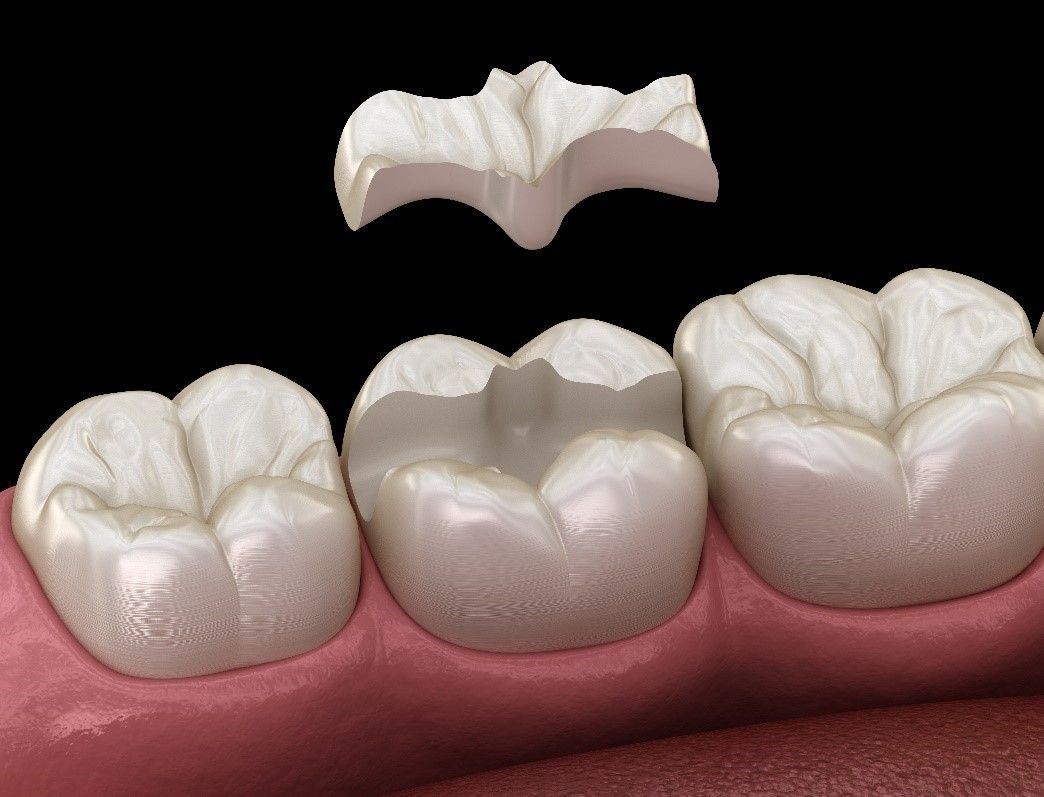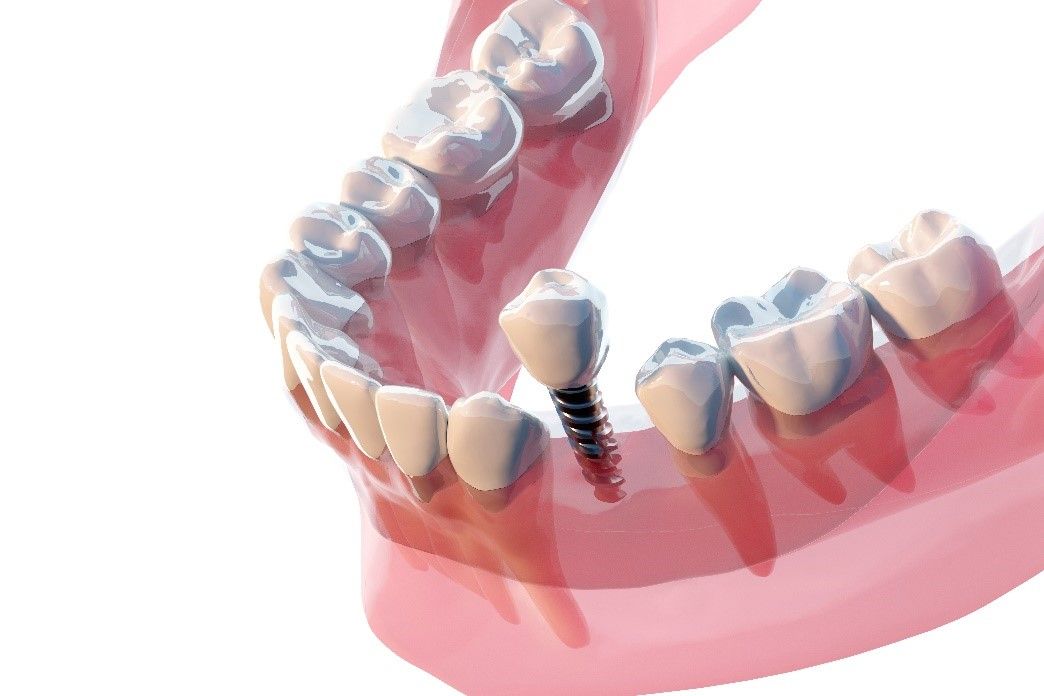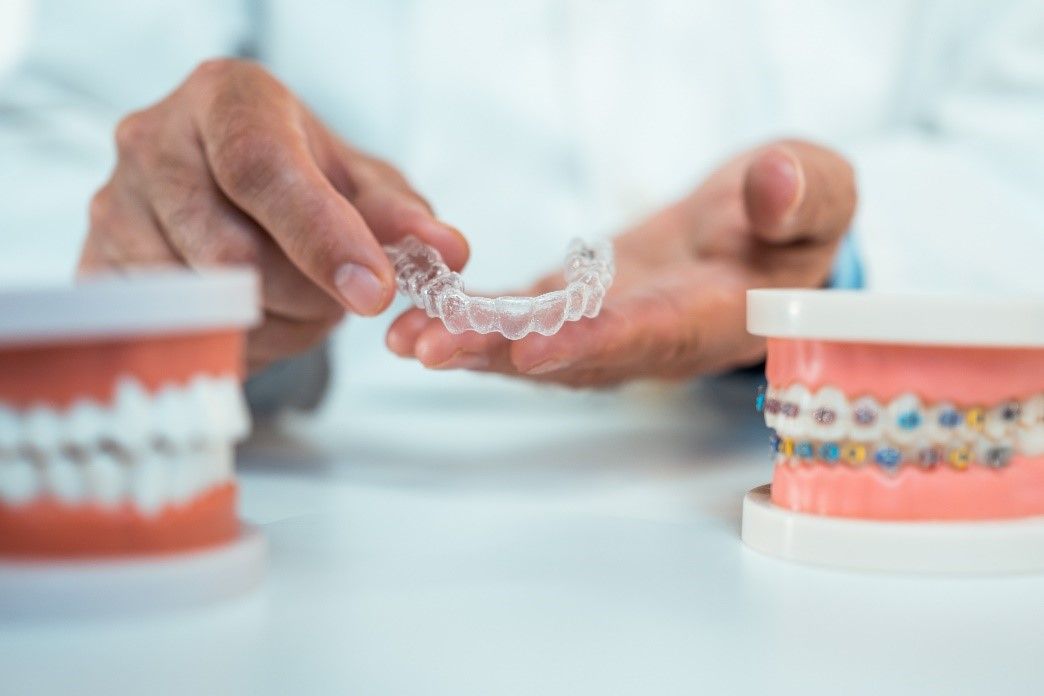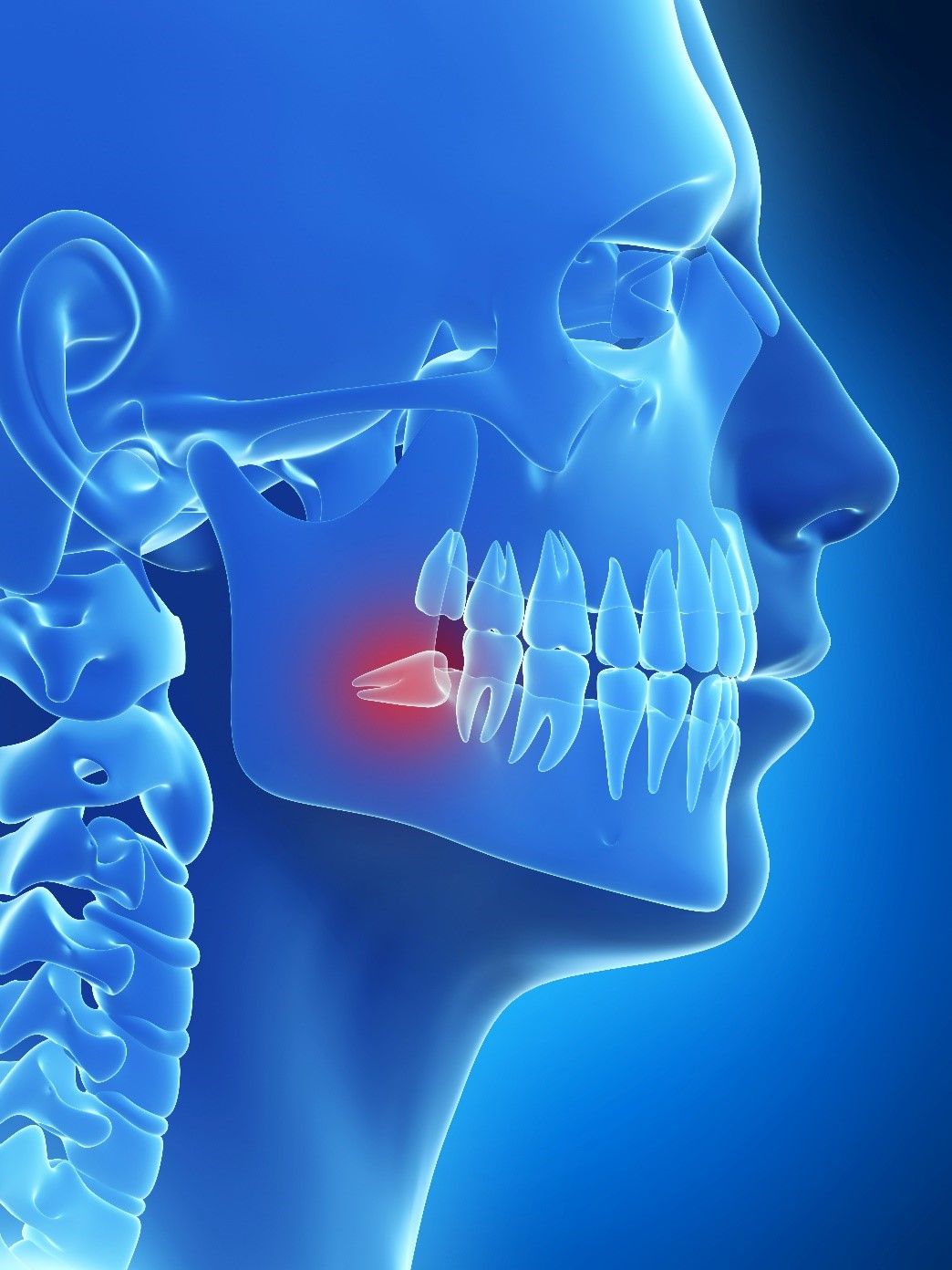Implant-Supported vs. Traditional Dental Bridges: Which is Right for You?
Implant-Supported vs. Traditional Dental Bridges: Which is Right for You?
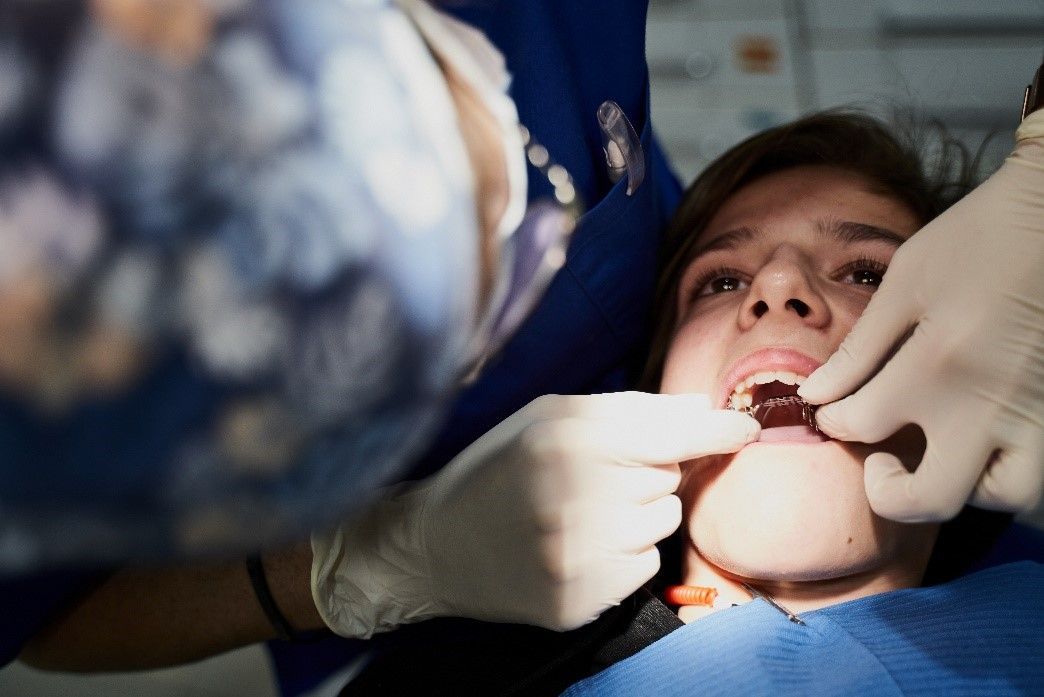
When it comes to replacing missing teeth, various options are available, and it can be challenging to determine which is the best choice for you. Many people prefer a permanent solution that feels natural and doesn't require removal for cleaning. Two standard options for tooth replacement are traditional dental bridges and implant-supported bridges.
Traditional Dental Bridges
Dentists can restore missing teeth with dental bridges, officially known as fixed partial dentures. Traditional dental bridges are prosthetic devices that replace one or more missing teeth. These bridges are anchored by the teeth adjacent to the space, requiring those teeth to be fully covered with crowns.
One advantage of traditional bridges is their ability to utilize existing teeth that already need dental work, such as those with large cavities or cracks. However, preparing a healthy tooth for a crown can be detrimental to its structure. Additionally, if one of the supporting teeth experiences a problem, the entire bridge needs to be replaced.
Implant-Supported Bridges
Implant-supported bridges share several similarities with traditional bridges, but their main difference lies in their support system. Instead of relying on adjacent teeth, implant-supported bridges are anchored by dental implants. This makes them a suitable option when there are no teeth on both sides of the missing area or when adjacent teeth aren’t strong enough to support additional chewing forces.
To place an implant-supported bridge, a surgical procedure is required to insert dental implants into the jawbone on each side of the gap. After the healing process, the bridge is attached to the implants. Just like traditional bridges, implant-supported bridges require special techniques and accessories for cleaning.
Comparing Traditional and Implant-Supported Bridges
To understand which option might be right for you, let's compare the two bridges based on some key factors:
1. Cost: Implant-supported bridges tend to be more expensive due to the surgical placement of dental implants in addition to the bridge itself.
2. Replacement of multiple teeth: Implant-supported bridges are generally preferred for larger spans of missing teeth, as they provide greater strength and stability.
3. Back teeth replacement: If you're missing all of your back teeth, implant-supported bridges are the only viable option. Traditional bridges require teeth on both ends of the gap.
4. Treatment time: Traditional bridges can be completed more quickly, as implant-supported bridges involve a surgical procedure and a healing phase before the placement of the prosthetic teeth.
5. Invasiveness: While traditional bridges do not require surgery in the gums or jawbone, they involve the removal of some tooth structure for crown placement. Therefore, both options can be considered relatively invasive.
Choosing between implant-supported and traditional dental bridges depends on several factors. It's essential to consult with a dental professional, such as Blue Ash Dental Group, to assess your unique situation and guide you in making the right decision. Schedule a consultation with them and explore the possibilities and regain your confident smile.
